If you're looking for the perfect camera and equipment to capture every moment of your baby's life, you've come to the right place! Baby photography is a special art form that requires both skill and the right gear. From cameras to lenses to lighting and props, finding the right equipment can be daunting. In this article, we'll discuss the essential camera and equipment needed for baby photography, as well as tips on how to make the most out of your equipment and create stunning photos of your little one.
When it comes to baby photography
, there are a few essential tips to keep in mind. First, consider the type of camera you want to use.Digital cameras are more popular and offer more options for capturing your baby's photos, while film cameras may be simpler to use. Next, consider the lighting. You'll want to find a way to bring in natural light or use a flash to brighten up the images. If you're using a flash, make sure you adjust the settings so that it's not too harsh.
Once you've got the lighting sorted out, it's time to think about the background. A plain white background is often best for baby photography as it won't distract from the main focus of your photo – your baby! You may also want to think about props like blankets, stuffed animals, or toys to create some interest in the photo. Finally, consider the lens you'll use. A wide-angle lens is great for capturing group shots or landscape shots, while a macro lens is great for capturing close-ups of your baby's features.
Experiment with different lenses until you find one that works best for your style of photography. These are just a few essential tips for camera and equipment for baby photography. With the right setup, you'll be able to capture those precious moments with your little one.
Lenses
The lens you choose is also important for baby photography. A wide-angle lens is great for capturing group shots or landscape shots, while a macro lens is great for capturing close-ups of your baby's features.When choosing a lens, consider the type of photography you want to do with your baby. A wide-angle lens will capture more of the scene and is ideal for larger group shots, whereas a macro lens will allow you to get closer to your baby and capture those special details.
Types of Cameras
When it comes to choosing the right camera for baby photography, there are two main types: digital cameras and film cameras. Digital cameras offer more options for capturing your baby's photos, such as a higher resolution, greater editing capabilities, and the ability to take multiple photos with a single click.Film cameras, on the other hand, may be simpler to use and often have a more classic feel. Digital cameras tend to be the more popular option for baby photography, as they provide a wide range of features and settings for capturing beautiful photos. They also allow you to take multiple photos in quick succession, which is helpful when capturing those precious moments with your baby. Film cameras, on the other hand, offer a more classic look and feel, as well as a limited range of settings. However, they may be simpler to use for those just starting out in baby photography.
Backgrounds
A plain white background is often best for baby photography as it won't distract from the main focus of your photo – your baby! You may also want to think about props like blankets, stuffed animals, or toys to create some interest in the photo. When selecting a background, make sure it isn't too busy or overwhelming.A plain white background will ensure that your baby is the focus of the photo and won't be competing with the background. To add interest to the background, you can use props such as blankets, stuffed animals, or toys. These will help to draw the viewer's attention to your baby without taking away from the overall look of the photo. If you are shooting indoors, you can use a wall or backdrop to provide a neutral base for your photos. If you are shooting outdoors, consider using a natural setting like a park or beach for a more interesting backdrop.
Just make sure to keep the background simple and not too busy so that your baby is the focus of the photo.
Lighting
Lighting is an important factor when it comes to baby photography. Natural light can create beautiful images, but can be hard to control depending on the time of day and the weather. Alternatively, you can use a flash to brighten up your images. When using a flash, make sure you adjust the settings so that it's not too harsh. When taking photos of babies indoors, try to use soft, diffused lighting.This will help to soften shadows and keep the image looking natural. If you have access to a window, position your baby near it and use the natural light coming in. If not, consider using a white reflector or a soft box to bounce light onto your subject. Outdoors, try to find a shady spot or use a reflector or diffuser to reduce harsh shadows. This will help create even lighting in your images.
Alternatively, you can also use a flash outdoors when taking photos of babies. This will help to fill in any shadows and create beautiful images with well-lit faces. Capturing those special moments with your baby can be a truly rewarding experience. With the right camera and equipment, you'll be able to take pictures that are sure to be cherished for years to come. To ensure you get the perfect shot, consider the types of cameras, lighting, backgrounds, and lenses that will help you capture the most beautiful photos of your baby.
With these essential tips for camera and equipment for baby photography, you'll be able to capture those precious memories in no time!.

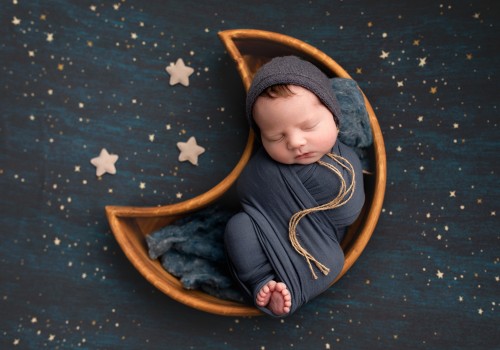
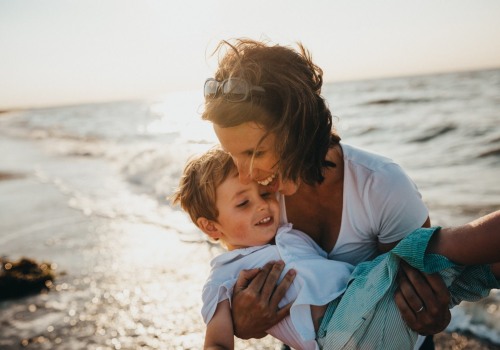
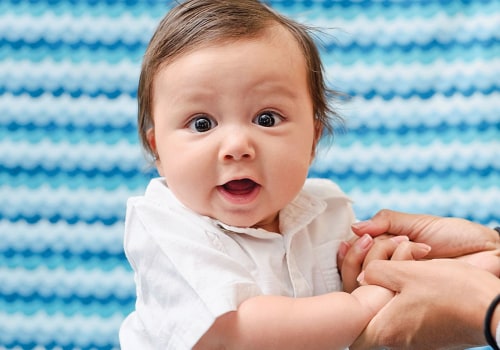
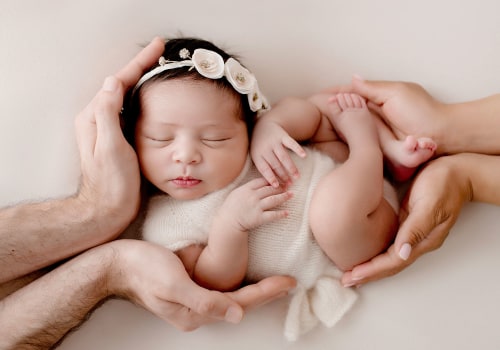
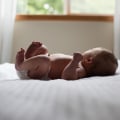
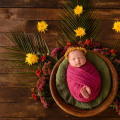
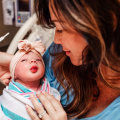
Leave a Comment